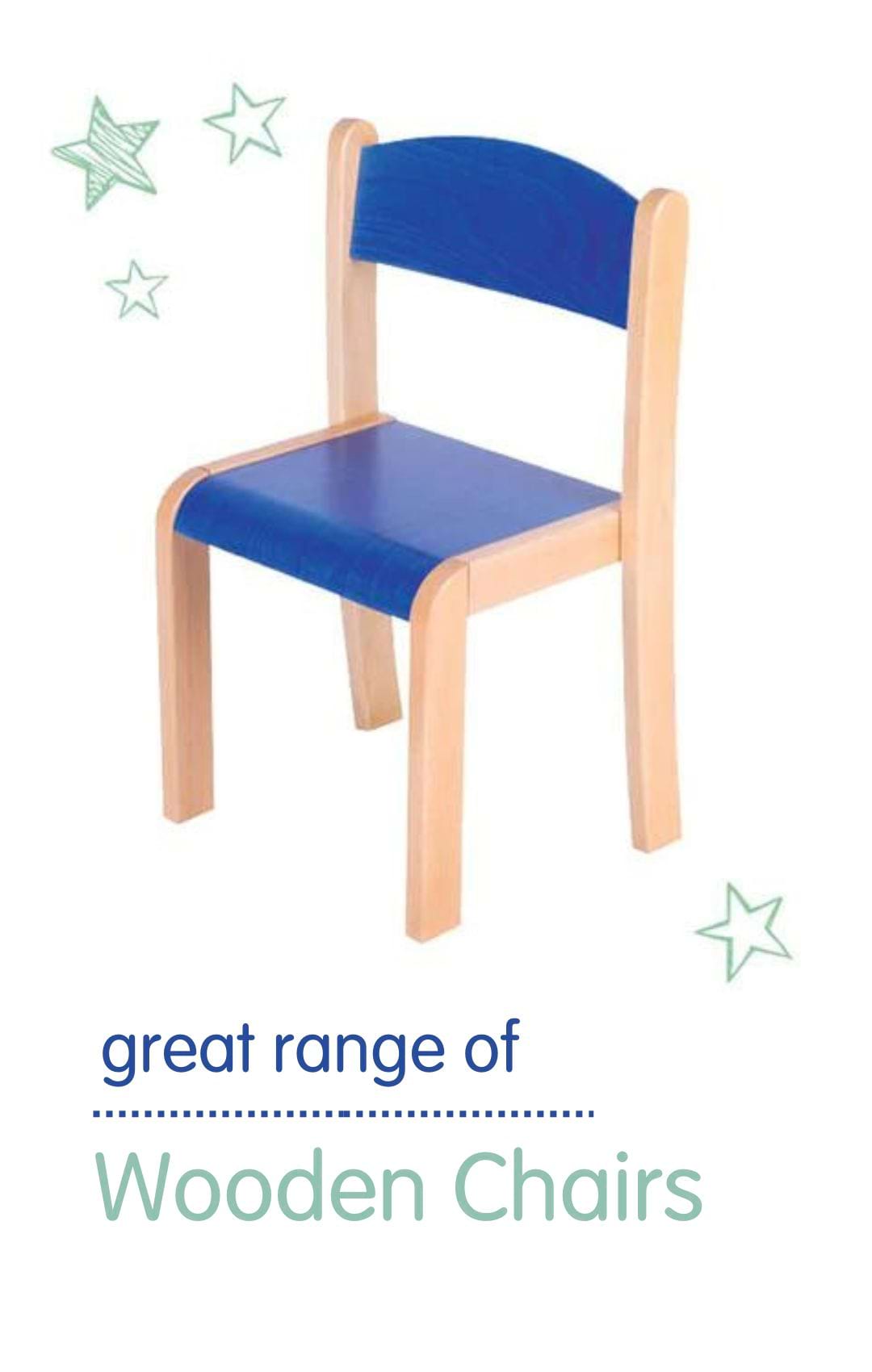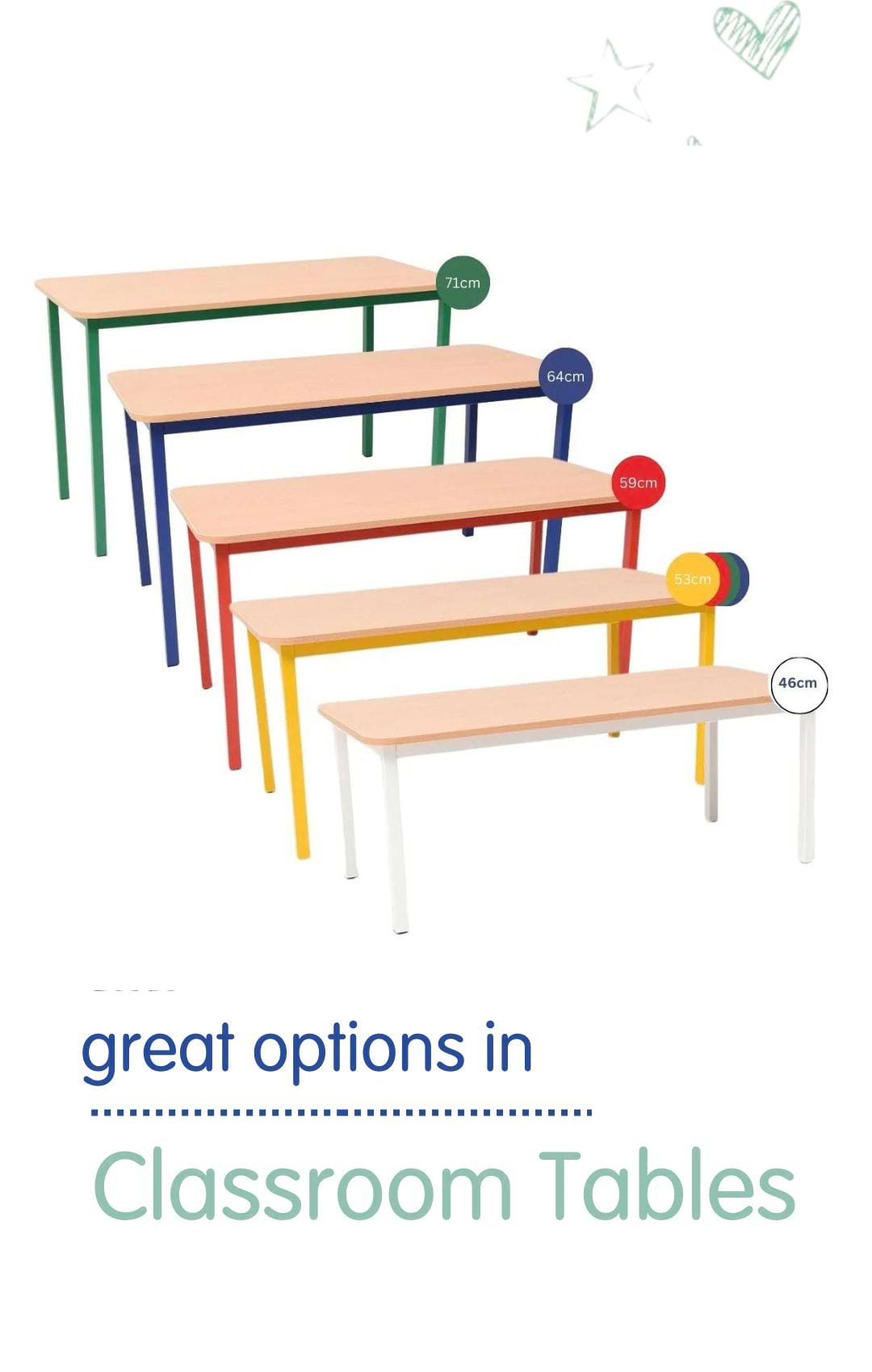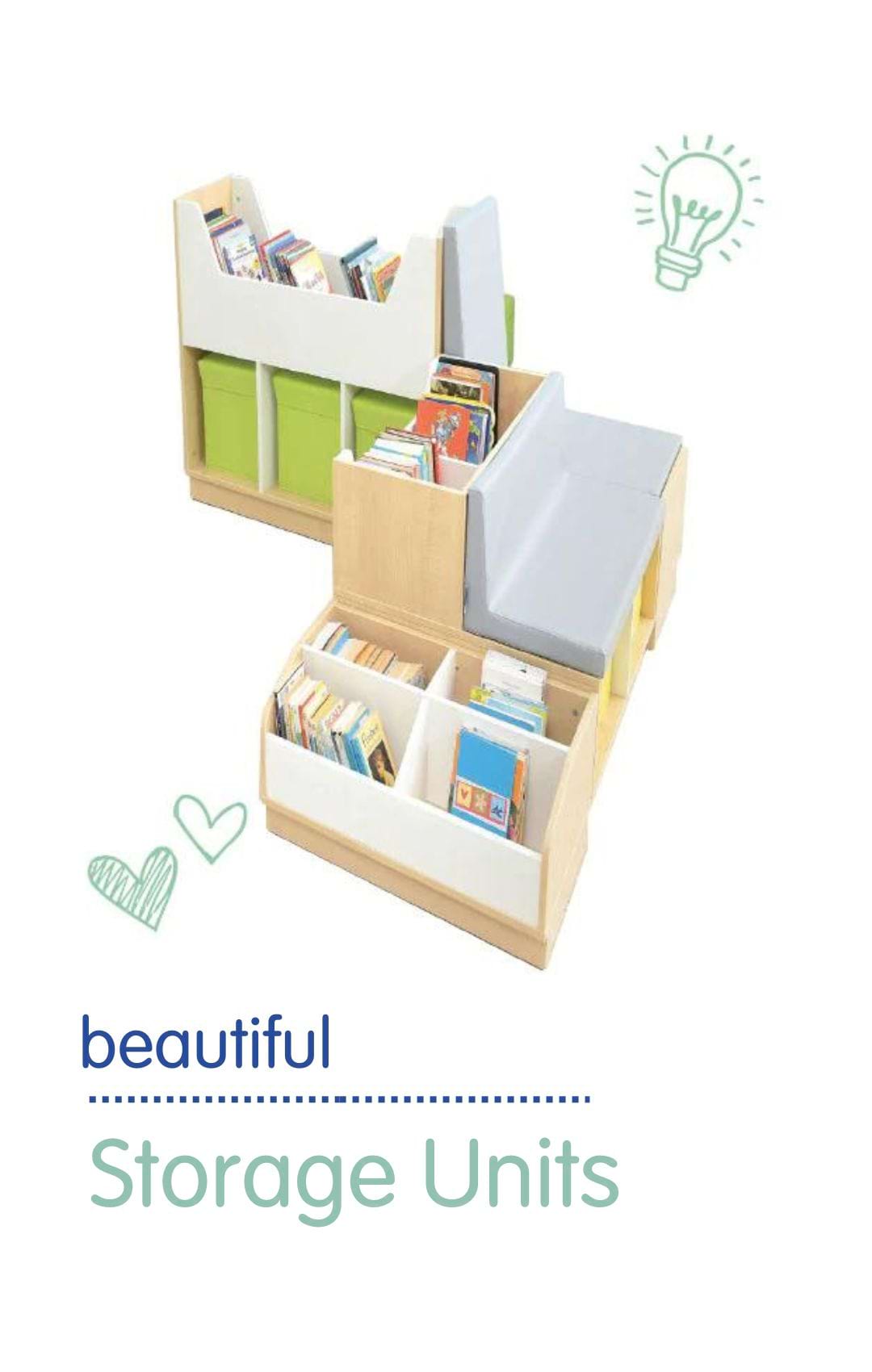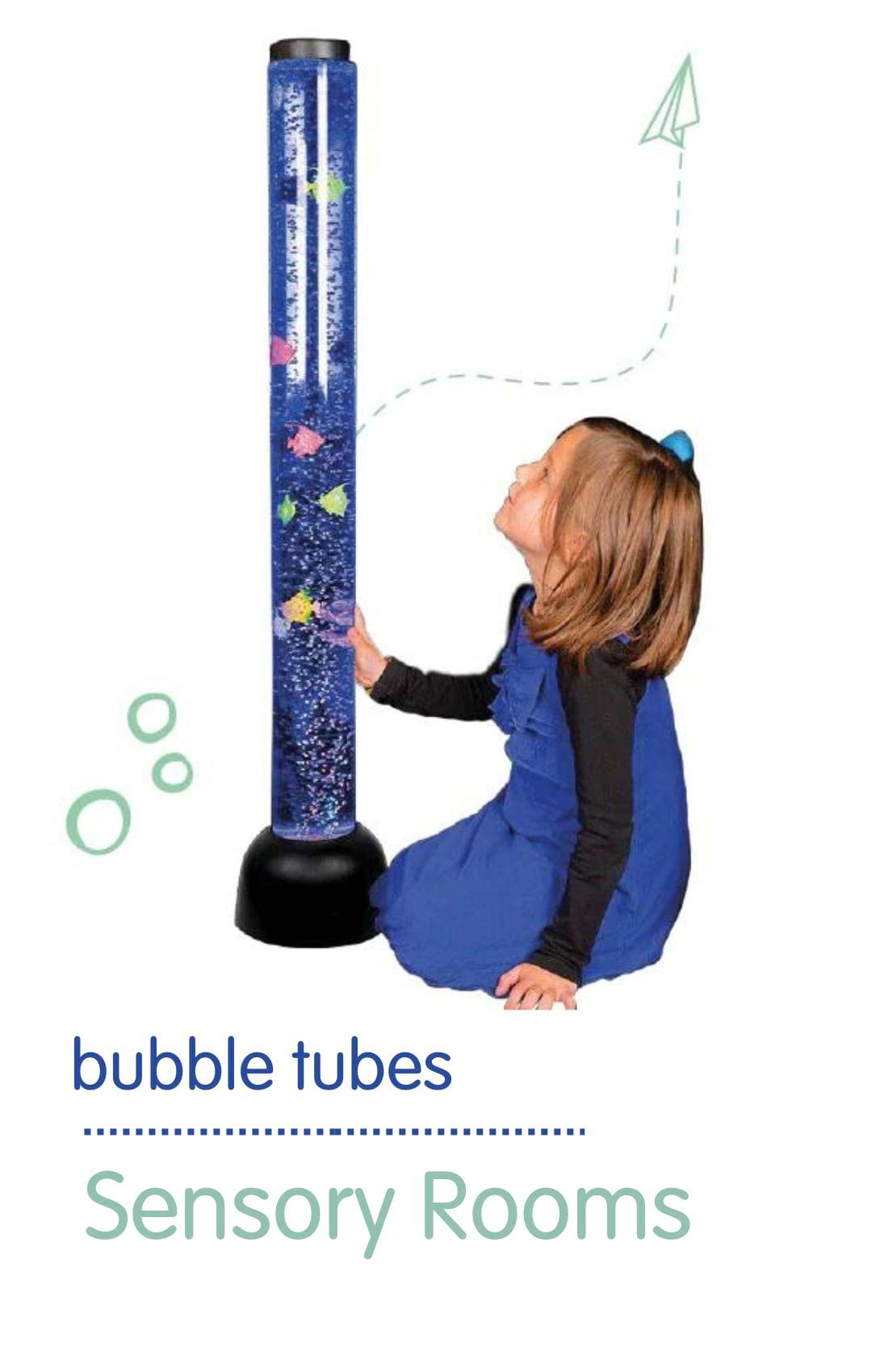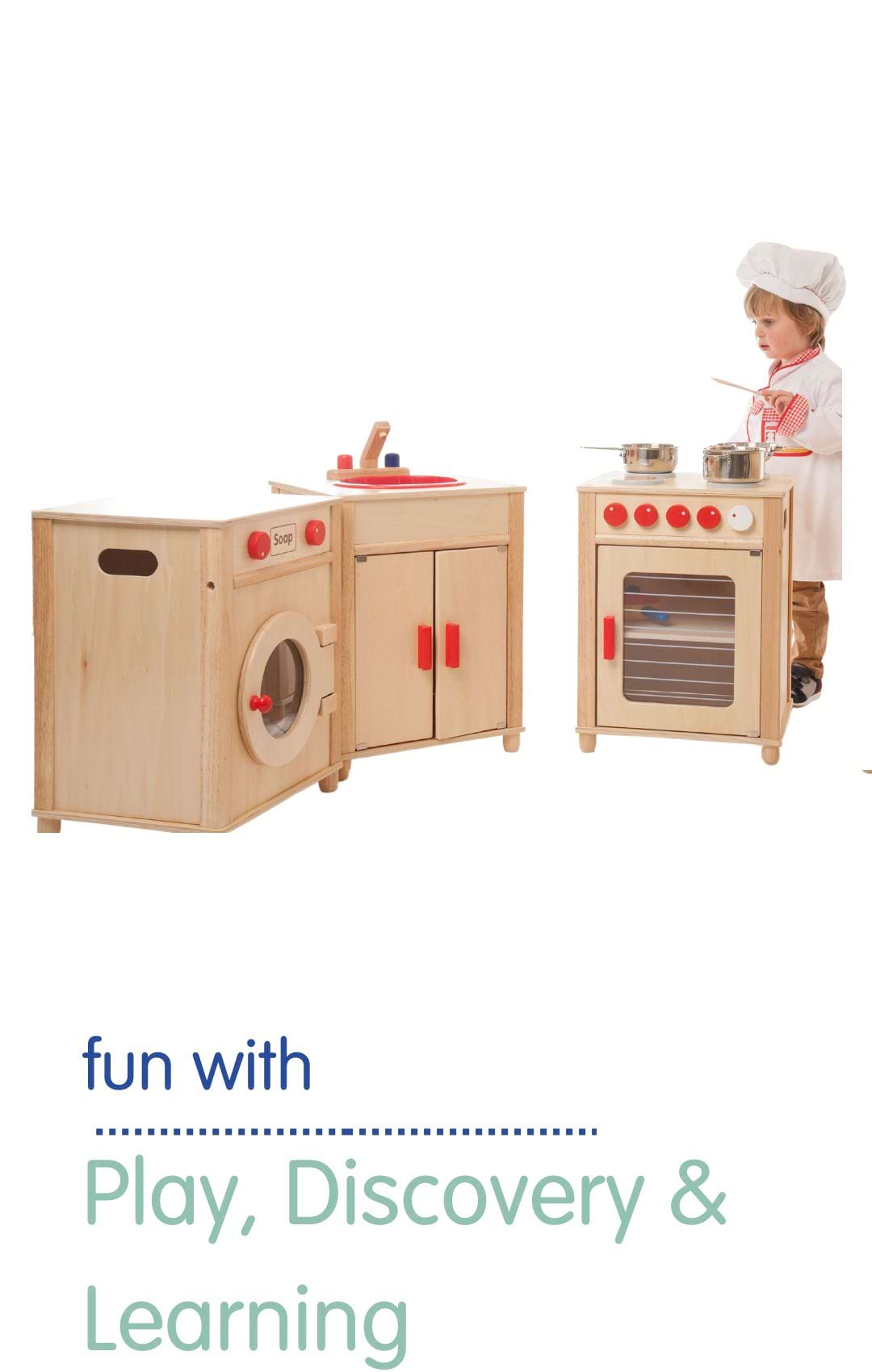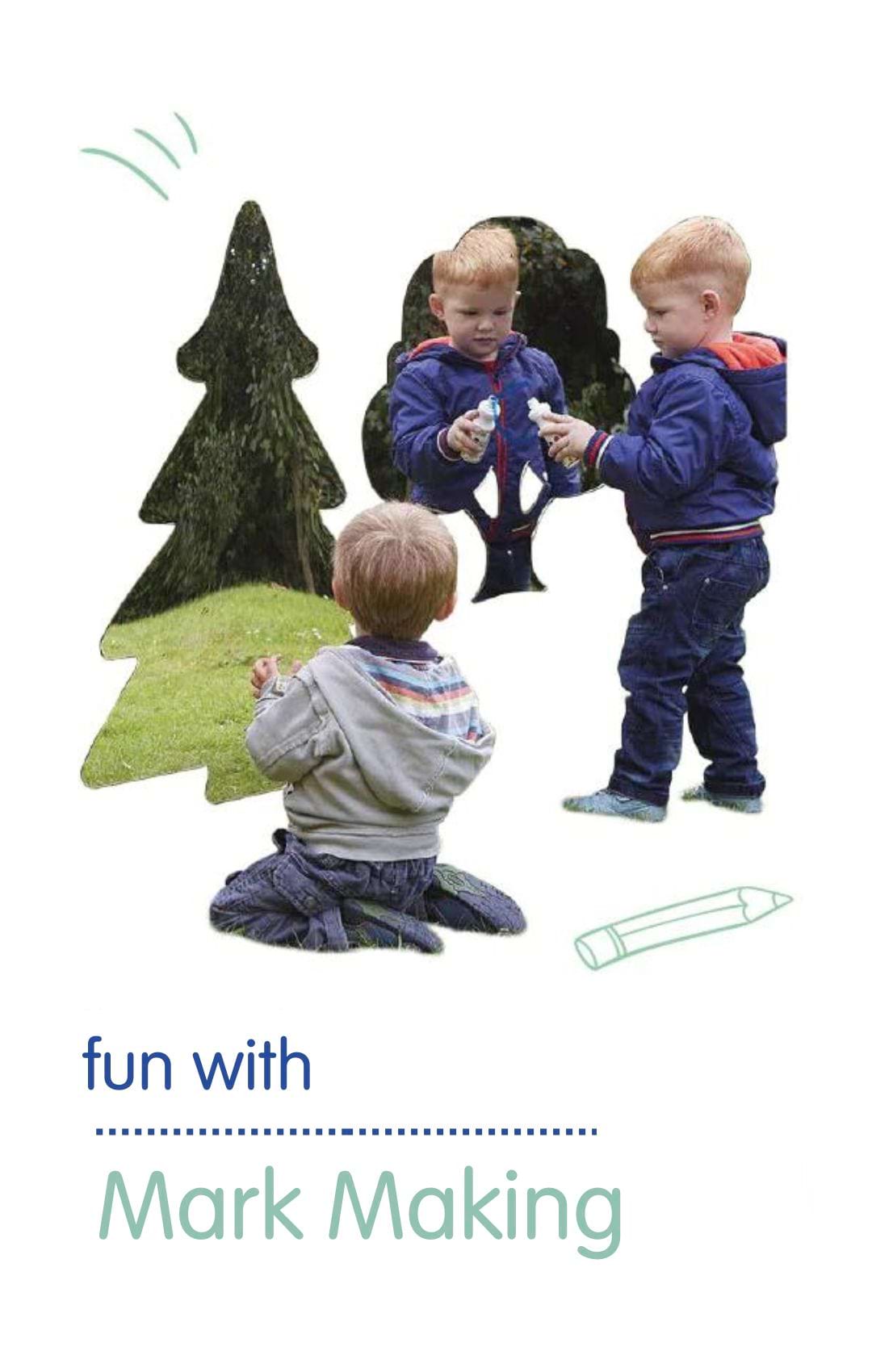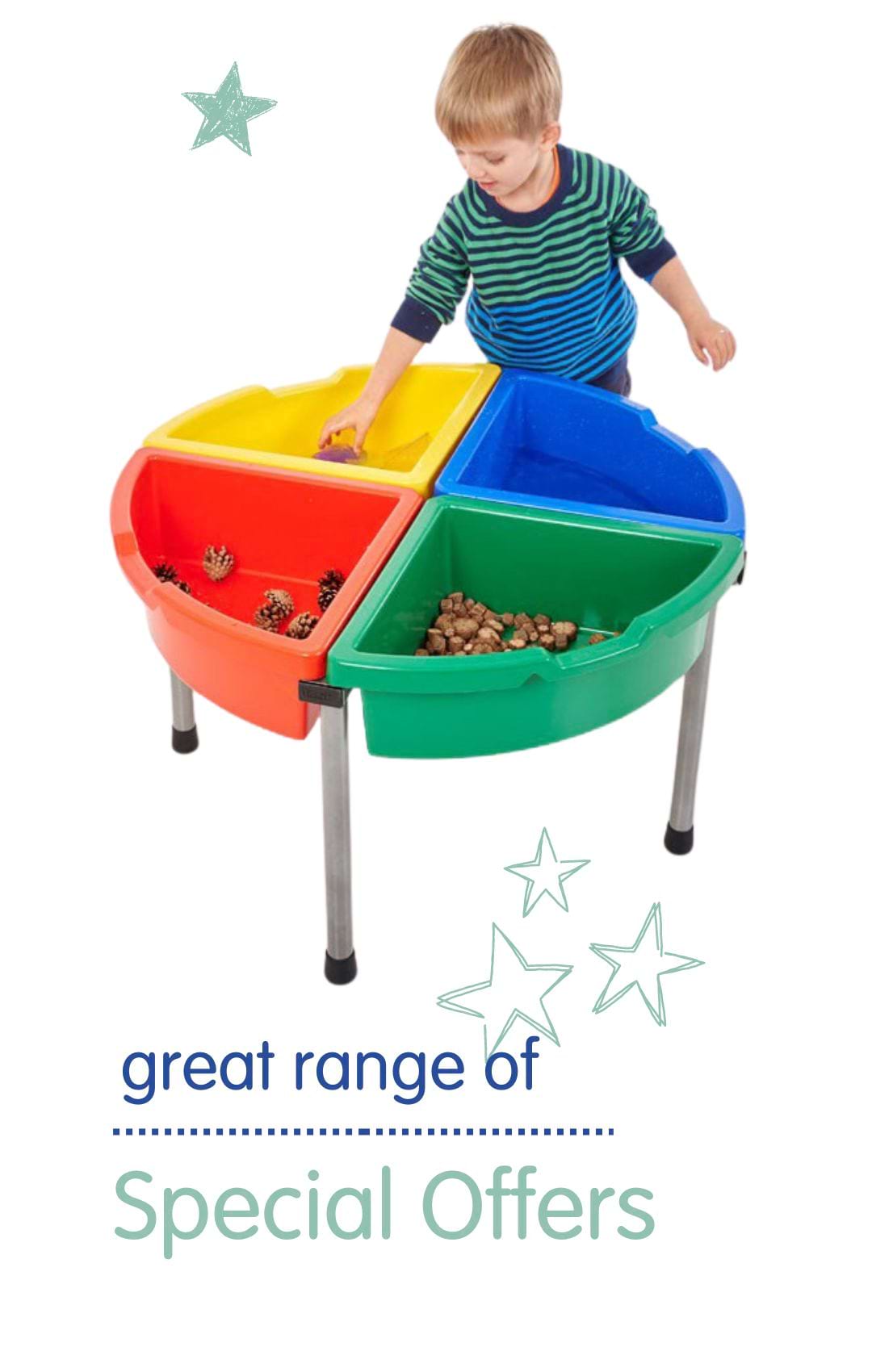
 ‘Come and play in my house’ shouts my son as he hides under the table surrounded by pillows. The idea of a house within a house may seem redundant but to my child it is his own personal area that he has created. This, in my opinion, is vital to keep in mind when designing a sensory playroom. This room will be the child’s own personal area, their space where they are able to unwind, relax and detach from the hustle and bustle around them.
‘Come and play in my house’ shouts my son as he hides under the table surrounded by pillows. The idea of a house within a house may seem redundant but to my child it is his own personal area that he has created. This, in my opinion, is vital to keep in mind when designing a sensory playroom. This room will be the child’s own personal area, their space where they are able to unwind, relax and detach from the hustle and bustle around them.
With this in mind here are my top tips for your sensory playroom.
1. Give the child access to their own den/space. Allow your child to see that within their sensory room there is a well defined safe space for them to play or rest. This can be achieved by adding a house or a tent to the room. You can also stock up on cushions and sag bags and encourage your child to create the space themselves. Encouraging your child to help with the creation of their den will help to increase their overall sense of pride in their room.
Keep in mind when you are creating a sensory playroom that each child who will use the room will have unique needs. One child may want to hide and detach while another may want to jump and explore the area through movement. With this in mind, it is essential that safety is considered when designing your room.
2. To ensure the room is safe for all children place mats around the room. This way children can move, jump and explore the room safely. You are giving the child the freedom to move how they want to move while also protecting them.
Sensory issues and overstimulation have a direct effect on the central nervous system. This effect can be manifested through difficulty or deep breathing resulting in the child finding it hard to calm themselves down. You can place some objects within your sensory room that can help a child if they are experiencing this.
3. Place a weighted blanket in the room this way if a child feels they need to be tucked up under the blanket they can get the blanket themselves and use it. The pressure from the blanket helps to calm the central nervous system of the child and ease their anxieties. Balls, textured balls or smooth balls are great for children to roll and focus energy on. The re-focusing of energy allows them to forget about their own stress and focus their energy on the task at hand.
The key thing to keep in mind when designing your room is that every child is different and therefore their needs are different. Every child who uses the room will have a different agenda when they use the room.
A room that caters for all children with differing sensory needs is what your sensory room should be.



